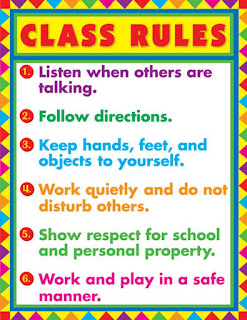Reflection on unpacking standards & backwards mapping
Unpacking a standard is a great way to break down subject content and skill set and ensure that your students are learning the specific objectives in a way that is measurable. This process while may seem cumbersome at first it does help teachers to plan learning activities that are necessary and to design assessments that actually measure the standard and targeted skills. I enjoyed unpacking the skills and proficiencies that needed to be learned to achieve the standard. It was great to determine the specific concepts that the students had to demonstrate. I chose to access students based on beginning, approaching and achieving benchmarks.
Backwards mapping helps to produce proficiencies, assessments and learning tasks that ensure that the standard is met. The ultimate aim for developing standards (as well as the big ideas) and sound curriculum implementation is to ensure that students can apply their learning autonomously in various contexts (McTighe, 2012). Figuring out proficiency levels for each standard helped to make the learning outcomes more attainable and streamline the assessments. I like creating the assessments at the same time as the learning activities. This helped me to make sure that I wasn’t designing superfluous tasks (and that the tasks always contributed towards skills within the standard) and that the assessments were measurable. I had to think creatively about assessments since the standard is targeted at 6 year old students who are just learning to read and write. The use of pictures, word banks and verbal answering of questions are integral.
I chose to unpack the kindergarten common core literacy standard “key ideas and details”. The common core standards are well designed and thus this activity is easier. I can see if a school has poorly constructed standards (that aren’t measureable for example) this activity would be very challenging. As an ESL teacher many students struggle with the concept of main ideas, supporting details, and determining connections (as well as similarities and differences) between various people and events. Even though the standards are targeted for kindergarten age children the learning activities and assessments I designed are easily adaptable to ESL students of all ages and abilities. Many times my older ESL students need to learn concepts that are designed for kindergarten because they never learned them in previous educational systems. Also they need to learn academic vocabulary and it is learned through beginning standards (such as kindergarten). This is the beauty of unpacking a standard and backwards design, the learning activities and assessments can be easily adapted and ensures that skills are taught, not focusing on every little detail of the lesson plan initially.
References
McTighe, J. (2012, December 6). Common Core Big IDea 4: Map Backward from Intended
Results. Retrieved on January 4, 2018 from https://www.edutopia.org/blog/common-core-map-backwards-jay-mctighe-grant-wiggins
McTighe, J. & Wiggins, G. (2012). Understanding by Design Framework. Alexandria: ASCD. Retrieved from http://www.ascd.org/ASCD/pdf/siteASCD/publications/UbD_WhitePaper0312.pdf


Comments
Post a Comment